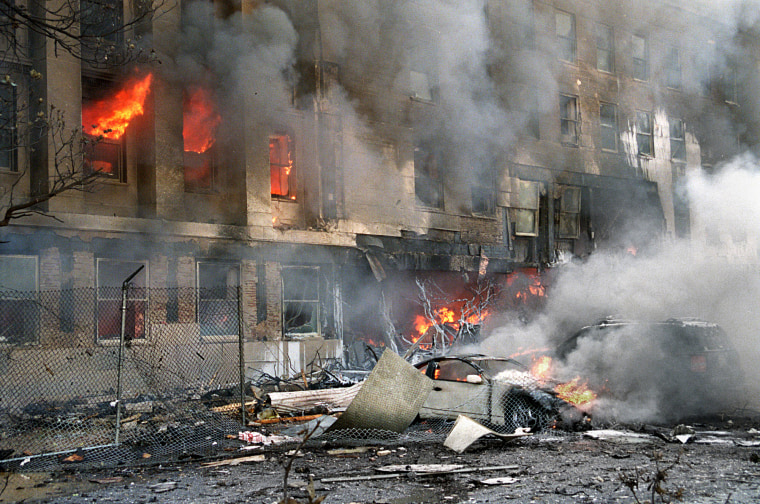One downtown New York skyscraper is already smoldering on an otherwise bright blue Tuesday morning in September 2001, as people look up confused and horrified from the street below.
News cameras are trained on the smoke when a second Boeing 767 out of Boston suddenly breaks through the sky and smashes into the World Trade Center’s South Tower.
Fire bursts out of the back of the building, gasps and screams can be heard from witnesses on the ground. Paper, concrete, and bodies rain down.
Related: Unidentified Remains Leave Lingering Void for 9/11 Families
Fifteen years later it is the defining image of the coordinated 9/11 attacks that claimed thousands of lives in lower Manhattan that day.
At this moment, many in Washington D.C.’s Pentagon are already scrambling to understand what’s happening in New York, to determine whether it could be an accident and to get fighter jets in the air if it is not.
But as they see this image broadcast to the televisions in their offices, another question rises: Are we next?
“Obviously I was hoping I was wrong,” says Bill Toti, then 43, a captain working for the vice chief of Naval Operations. Amid the chaos, Toti had received a call from duty watch Captain Gerald DeConto, a friend and fellow physics major at Annapolis who told him a plane had been hijacked out of Dulles and was now six minutes southeast of D.C.
Sitting on the western side of the Pentagon’s E Ring, the outermost facade of the building with windows facing the lawn, Toti begins going through a checklist in his mind.
The Washington Monument: too symbolic.
The White House: too small a target.
The Capitol: mostly empty.
He hears the rising sounds of a jet engine.
“It’s coming after us,” he remembers saying to the horror of the admiral’s secretary, who weeks later would still refuse to enter the building. “At that moment you didn’t know what to do. You didn’t know if it was better to go somewhere else. We really didn’t have time to run outside, it happened so quickly. You just kind of froze.”
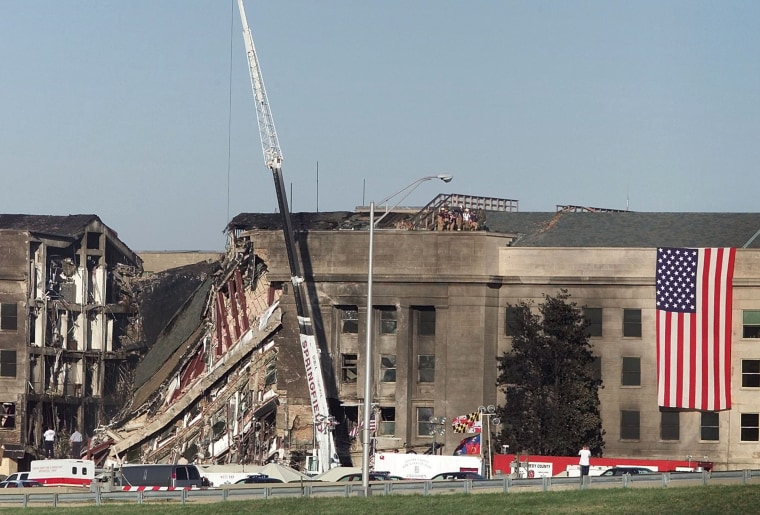
Despite the millions of eyes and hundreds of cameras pointed at downtown New York on September 11, there is little footage and only a few iconic photos from the Pentagon that day. A closed-circuit camera at the nearby guard tower catches the fireball at the plane’s moment of impact, but only a glimpse of the 757 carrying 64 souls bound for Los Angeles that morning.
A few shots show small pieces of fuselage on the lawn while a hole burns in the background. The roof eventually crumbles.
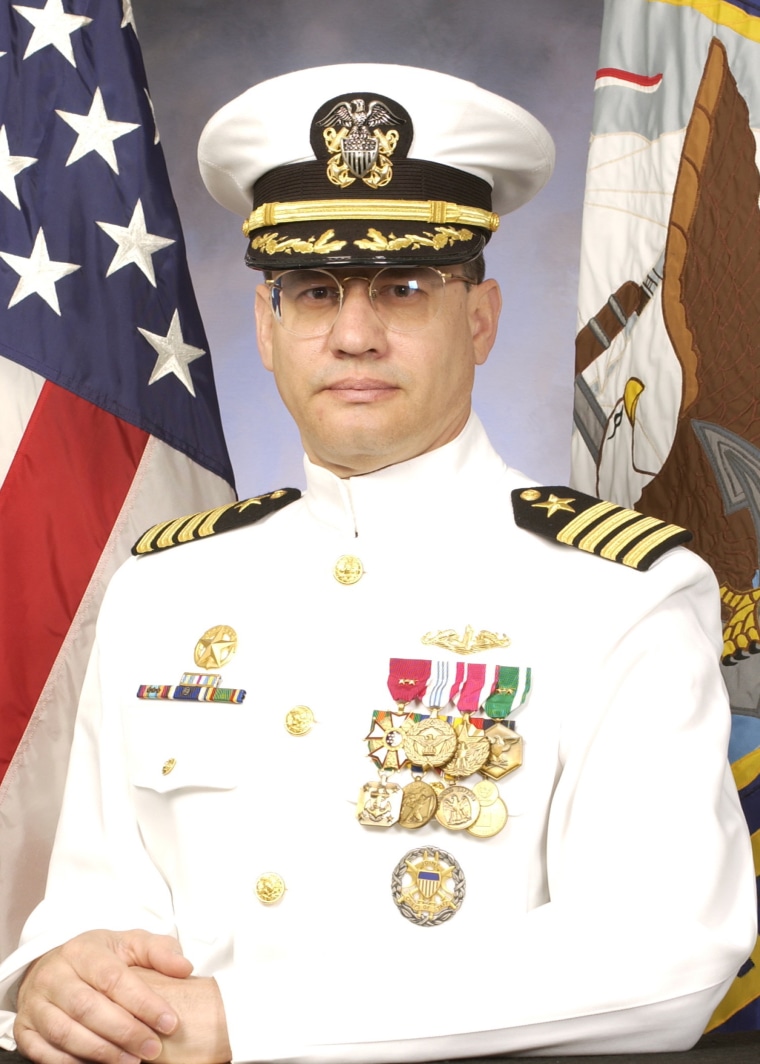
"Everybody today would pull out a cellphone and be like 'Look at this,' " says Kirk Wolfinger, producer of 9/11 Inside the Pentagon, a new PBS documentary that details the stories of Captain Toti and a handful of other survivors in D.C. on September 11. "I'm betting you we looked at every frame of footage that everybody recorded in D.C. that day. People say ‘I don’t remember the Pentagon, but I remember when the towers fell. I was watching TV.' "
While shopping his idea for the fifteenth anniversary film, Wolfinger says he was brushed off by other channels that told him the Pentagon story was, by their estimates, “not gonna get the same kind of play” as New York’s Twin Towers. But he felt he had nothing to add to the story of the World Trade Center.
“Good films had been made,” he admits, and the Pentagon “wasn’t the same kind of dramatic event as United flight 93, where the passengers wrestled the plane to the ground rather than have it be used as a bullet. It just kind of fell into no man’s land.”
“I call it the forgotten 9/11,” Captain Toti echoes. “Maybe the largest reason is only a couple hundred people died, as opposed to nearly 3,000 in the World Trade Center. There were certainly a lot more first-hand witnesses in New York than there were at the Pentagon. And I hope that’s it. I hope those are the only reasons.”
There’s another reason, though. One of “duty” and of obligation for our military to die in our stead that lingers in the heads of those at the Pentagon. But even as American flight 77 impaled the offices of the Army and of the Defense Intelligence Agency, and reduced the Navy’s footprint at the 28-acre building to just 11 percent of its pre-attack capacity, most who died that day were not in uniform.
They were skilled civilians and regular tradesman whose job it was to keep the building running at all hours.
“These were not people who swore and oath to defend the country. These were just regular people who risked everything to help folks that they knew were trapped," Toti says.
Plumbers and pipefitters worked to isolate the fire main leaks and increase the water pressure for firefighters as the building collapsed around them. When news spread that another plane may be heading there, those outside ran back toward the building to do what they could.
“None of us were trained for dealing with something like this. And yet they did.”
The doors have still never closed since the Pentagon was first dedicated in 1943.
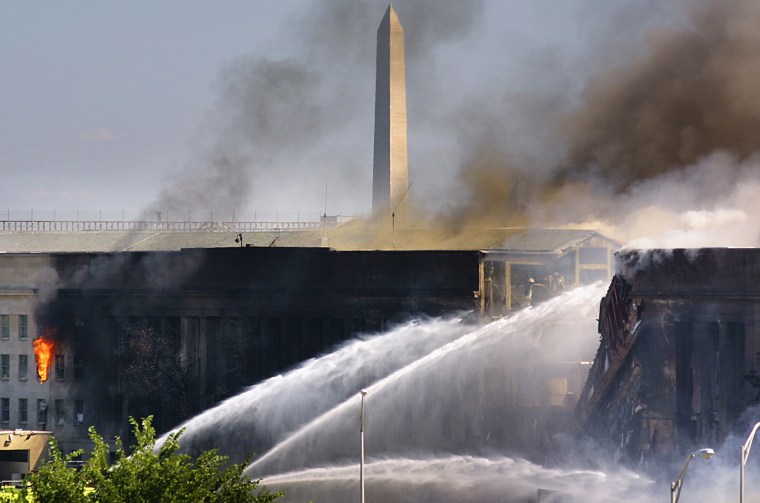
“I read the posts,” Wolfinger says. “ 'I don’t know why you guys are doing this. I don’t need to hear about this anymore.’ I think that especially in the current political climate it’s really important to remind ourselves that we are vulnerable. That doesn’t mean we should be building walls. And I do think revisiting a story like this can be cathartic for the country, not just for the people who lived through it.”
“The only reason I actually did this is because I worry that people are forgetting. I worry that folks are getting desensitized to the evil in the world,” Toti says of the glimpse these films and stories and articles provide. “I think it’s important for the nation to reflect on what happened and more importantly what could happen if we allow this evil to remain unchecked.”
Toti now helps build networks for the Defense Department as an executive at Hewlett-Packard as his way of continuing to give back, even though he, too, ran back into the building.
When he thinks about the attacks, which is often, he’s reminded of a statement made by the late Holocaust survivor Elie Wiesel when he was awarded the Nobel Peace Prize in 1986. Toti can recite it from memory.
“‘The dead ask us, what have you done with my broken future, what have you done with my mutilated dreams, and the best we can do is to respond I tried.’ I had a classmate who was killed, I had several good friends who were killed, and on behalf of them, I’m trying.”
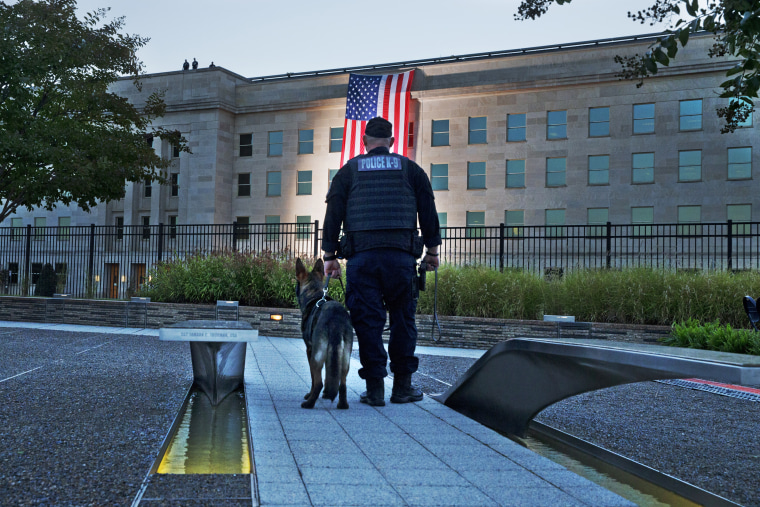
The night before the attacks, on September 10, Toti had written a letter requesting retirement and dropped it in the admiral’s inbox.
“Some families react well to military lifestyle and the frequent moves,” he says. “Mine wasn’t one of them.”
Too many transfers over the years had begun to wear on him and his family, and a few more were anticipated in the coming years. After three tours on the submarine Indianapolis out of Pearl Harbor, the last as its captain, Toti felt he had done his part.
“I decided, ‘You know what, I’m over this. I’ve done 20 years in the Navy. I can retire and move on to the second chapter of my life,’ “ he said. “I made the very difficult decision to do that even though I’d just been selected for promotion.”
On September 12, Toti, now in charge of the Navy’s recovery effort at the Pentagon, decided one of his first duties would be to clear classified material from the offices of senior Navy leaders.
“I went to my boss’s office and I saw the letter requesting retirement in his inbox,” he said. “And I took it out and tore it up and went on with my work.” Toti stayed in the service five more years, including another transfer to Pearl Harbor where he drew eerie similarities between the attacks there in 1941 and those he survived on September 11.
He joked that he operated on “furor and velocity” in the years after 9/11, and though he was never stationed in Afghanistan or Iraq, Toti says he had a “desire to be part of the force to make sure this never happens again.” He finally retired in 2006, but the sight of passengers on American flight 77 continues to haunt him.
“The only feeling that comes to mind with respect to that day is guilt. Survivor's guilt,” Toti said. “I went inside the building and I reached what I thought was my own personal limit and then left. And you worry about that, about could you have done more. Was that really your personal limit or were you really thinking of your own safety at that point, and those are the thoughts that go through your head. I’ve never talked about them actually, but I used to think about that a lot.”
